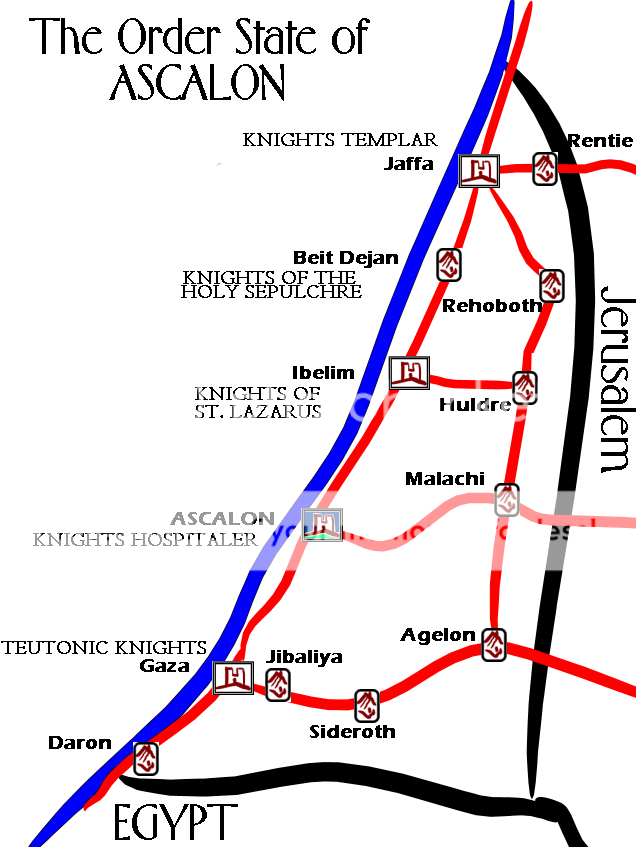After I posted the account of last session, I realized that you may think "racheting up the tension" is a general phrase, but it's a game mechanic which may be of interest. It can be used with any game with a cultural clash, especially where one culture is much more powerful. "Alien" as a descriptor can be taken either as meaning "of non-Earth origin" or as just "very different" when applied to other games.
SaVaHuTa is a very large organization, particularly as compared to independent and alien cultures. When dealing with a different culture, care must be taken to keep public opinion in that culture from resenting the League - it is easy to see the League as bullying. The tension meter will help you keep tabs on what that opinion is.
First you need to establish the baseline for relations. Some cultures are just not going to get along. Start at 5.
Diplomatic Relations - i.e. embassies, consulates - gives a -2.
Moderate Trade gives a -1
Shared Ideals gives a -1
Cultural Exchanges give a -1
Cultural Traits that are viewed positively give a -2
Heavy Trade gives an additional -1 over and above the award for Moderate Trade
Alien Culture gives a -2
Historic Alliances give a -1
Recent Wars give a +1
Cultural Traits that are viewed negatively give a +2
This is the normal or typical level of tension between the Alliance and the local Culture. Thus an Alien Culture with Diplomatic Relations, Moderate Trade, and negative Cultural Traits would have a baseline of 5+2-2-1+2=6, or Tense.
The Cultural Tension Meter1 Friendly
2 Casual
3 Polite
4 Guarded
5 Prickly
6 Tense
7 Simmering
8 Hostile
9 Angry
10 HatefulThen you can adjust it for current PC/NPC actions.
Emergency Help gives a -1
Disaster Aid gives an additional -1 over and above the award for Emergency Help
Careful Restraint from escalation of violence gives a -2
Public Apology for a wrong - or perceived wrong - action gives a -1
Active Contrition - punishing the perpetrators - or some likely scapegoats - for a wrong gives an additional -1 over and above the award for Public Apology, but only if the Active Contrition is believed to be sincere.
Acting Weak gives a +2, which is awarded if the local culture doesn't believe the Active Contrition is sincere.
High-handed Actions - or actions perceived as such - give a +2
Civilian Injuries give a +1
Civilian Deaths give an additional +1 over and above the award for Civilian Injuries
Religious Disrespect gives a +1
Outright Sacrilege gives an additional +1 over and above the award for Religious Disrespect
Friendly relations have an easy give-and-take aspect. Small peccadillios are readily forgiven. The relationship is very solid.
Casual relations mean the cultures mingle readily, but some sharp corners are still present. Some resentments may lie hidden from overt notice.
Polite relations are somewhat separate by design, and any trust given is always verified.
Guarded relations are not trusting. Cooperation is grudged and short. Little mingling occurs.
Prickly relations mean the cultures are mistrustful - both sides are always looking out for perceived slights.
Tense relations mean relations are formal and very distant, lies are plentiful. Official pretense at cooperation masks popular resentments.
Simmering relations are just below the boil, popular anger is just under the surface, and official cooperation is not even pretended.
Hostile relations are openly bitter and angry. Resentment is public and loud. The culture is just waiting for an excuse.
Angry relations are physical. Stones are thrown, knives flash in alleys, and people stay behind locked doors.
Hateful relations are the short step before open war. Officials now lead the physical attacks. Agitators are promoted. Blood will be spilt.
Hope this is of some use to folks!
-clash







